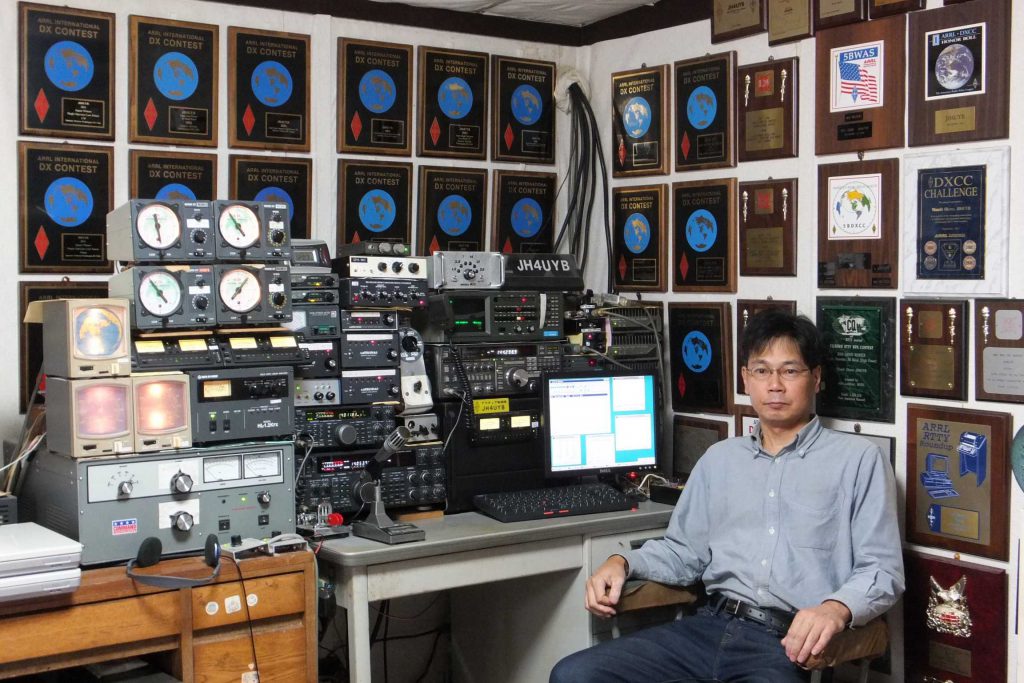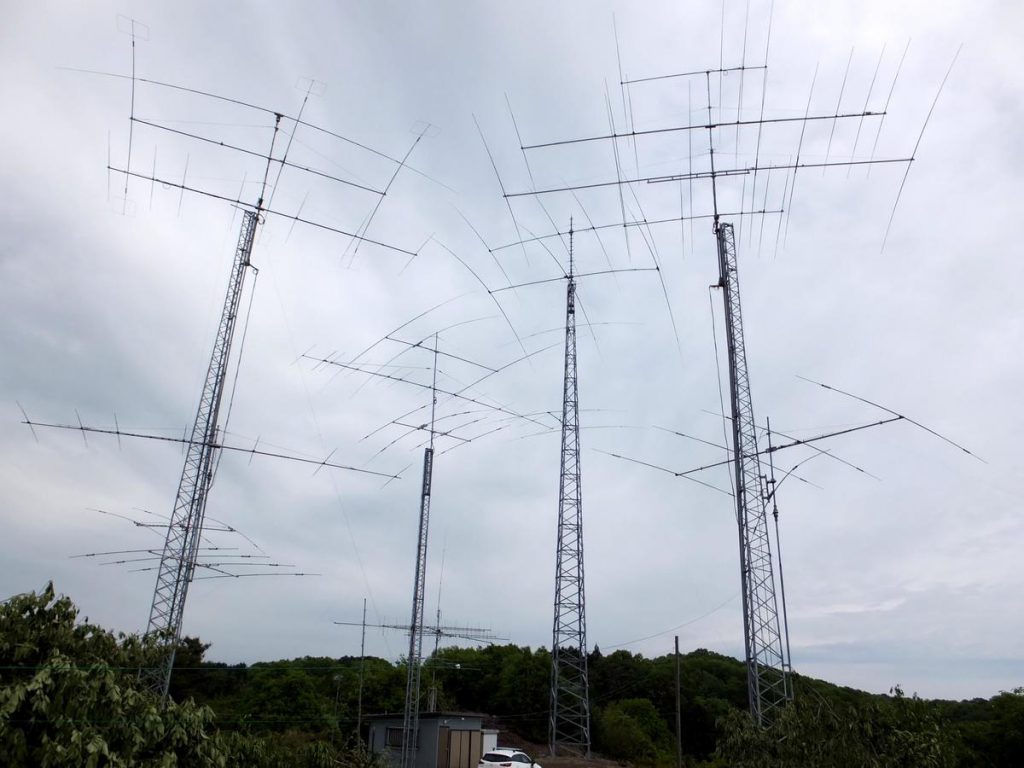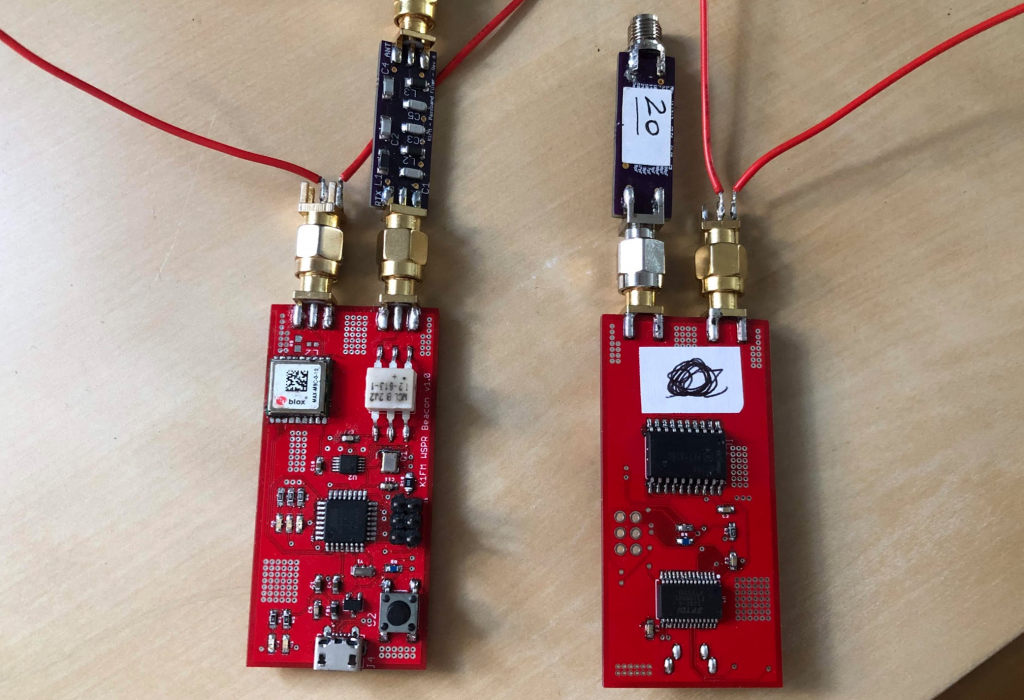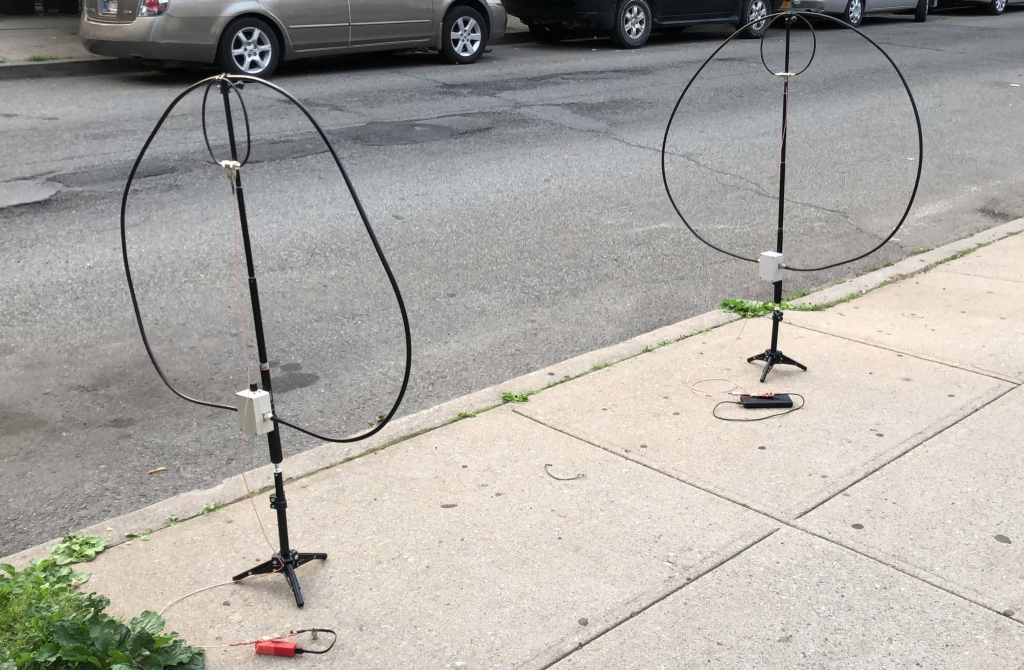Last Sunday I took my Portable setup to the river, as I often do. Propagation was a bit short with Europe totally closed when suddenly – to my disbelief – JH4UYB popped up at S8.
I had heard Japan twice before with the Loop, but never as strong as that.
After beaming about 330 degrees (the same direction I normally use to work W7) I immediately started calling. Incredibly, part of my callsign was picked up right away! The rest of the QSO, however, took more than 3 minutes to complete thanks to the perseverance and the professionalism of Masaki, the Japanese operator.



